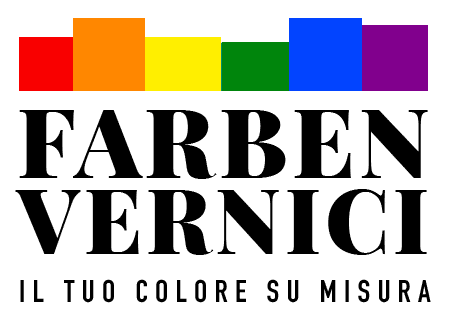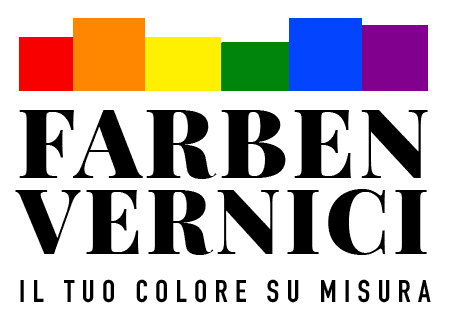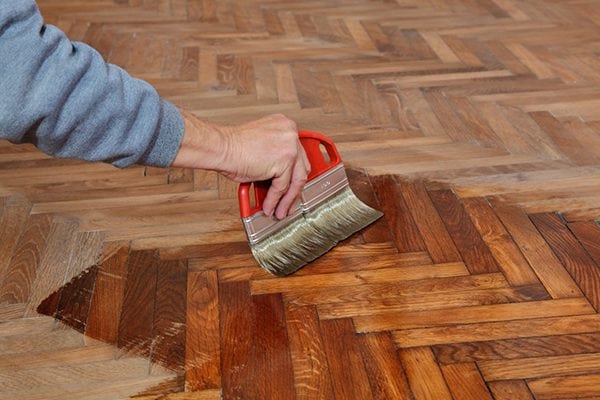Alkyd paints, also known as synthetic paints, can be slow-drying or fast-drying. They consist primarily of alkyd resins made through the polycondensation of anhydrides, diacids, monoacids, and polyols. Depending on the oil content in the final polymer, they are classified as long, medium, or short-oil alkyds. The type and length of oil, like linseed oil, wood oil, or tall oil, determine whether the paint is slow- or fast-drying. These resins need a cross-linking partner for polymerization (commonly known as drying).
Usage of Alkyd Paints
Alkyd paints are still widely used in industry due to their versatility and ease of use. The long-oil versions are commonly used in construction for the treatment and maintenance of metal and wood structures, designed for application with a roller or brush. They are appreciated for their slow drying, which allows for a smooth distribution of the paint film. These products are widely available in hardware stores and DIY shops, primarily for non-professional users. Long-oil alkyd paints can be thinned with various solvents, including terpenes like turpentine or mineral spirits.
The short- and medium-oil versions, while also available in DIY stores, are more commonly used in professional settings, mainly for treating metal surfaces and wood. Since they dry quickly, they are generally preferred for spray applications. These products are often called synthetic paints or Rapid Drying Paints (R.D.) and are typically incompatible with terpene-based solvents.
Cross-Linking Partners
There are two main types of cross-linking partners for alkyd paints. The first type uses high temperatures, such as melamine resins or benzoguanamine resins, typically found in baking enamels. These products polymerize in 30-40 minutes at temperatures above 120-150 °C, used in professional applications. The second type of cross-linking partner is more common and uses metallic driers that are activated by atmospheric oxygen. These driers consist of metal salts like benzoates or octoates, with the most common mixtures containing cobalt, lithium, zirconium, and calcium, as lead-based driers have been banned due to their toxicity.
Drying Effects
A high proportion of surface driers can enable quick “dust-free” drying, but it may slow the oxidation of the deeper layers, increasing the risk of wrinkling, especially at high temperatures. To avoid this, it’s essential to apply thinner layers and ensure they are fully dry before applying a new one.
Characteristics of Alkyd Resins
Alkyd resins offer several benefits, including:
- Good weather resistance.
- Good gloss retention.
- Ease of application.
- Good elasticity.
- Cost-effectiveness.
However, when used purely, they have limited chemical resistance and moderate scratch resistance. Alkyd paints can be marketed as primers, rust preventatives, or pure finish coats, but they can also be combined with other resins, such as alkyd-silicone, alkyd-vinyl, alkyd-urethane, alkyd-chlorinated rubber, alkyd-phthalic, alkyd-phenolic, alkyd-polyester, nitro-alkyd, alkyd-coumarin, alkyd-melamine, and alkyd-benzoguanamine. In these cases, they may acquire the characteristics of the combined resins.
Article written by: Ind. Exp. Massimo Rubbi – A.I.T.I.V.A. member, Emilia Romagna Region – CTU n. 48, Piacenza Court. Tel: 0039 3289205637.


